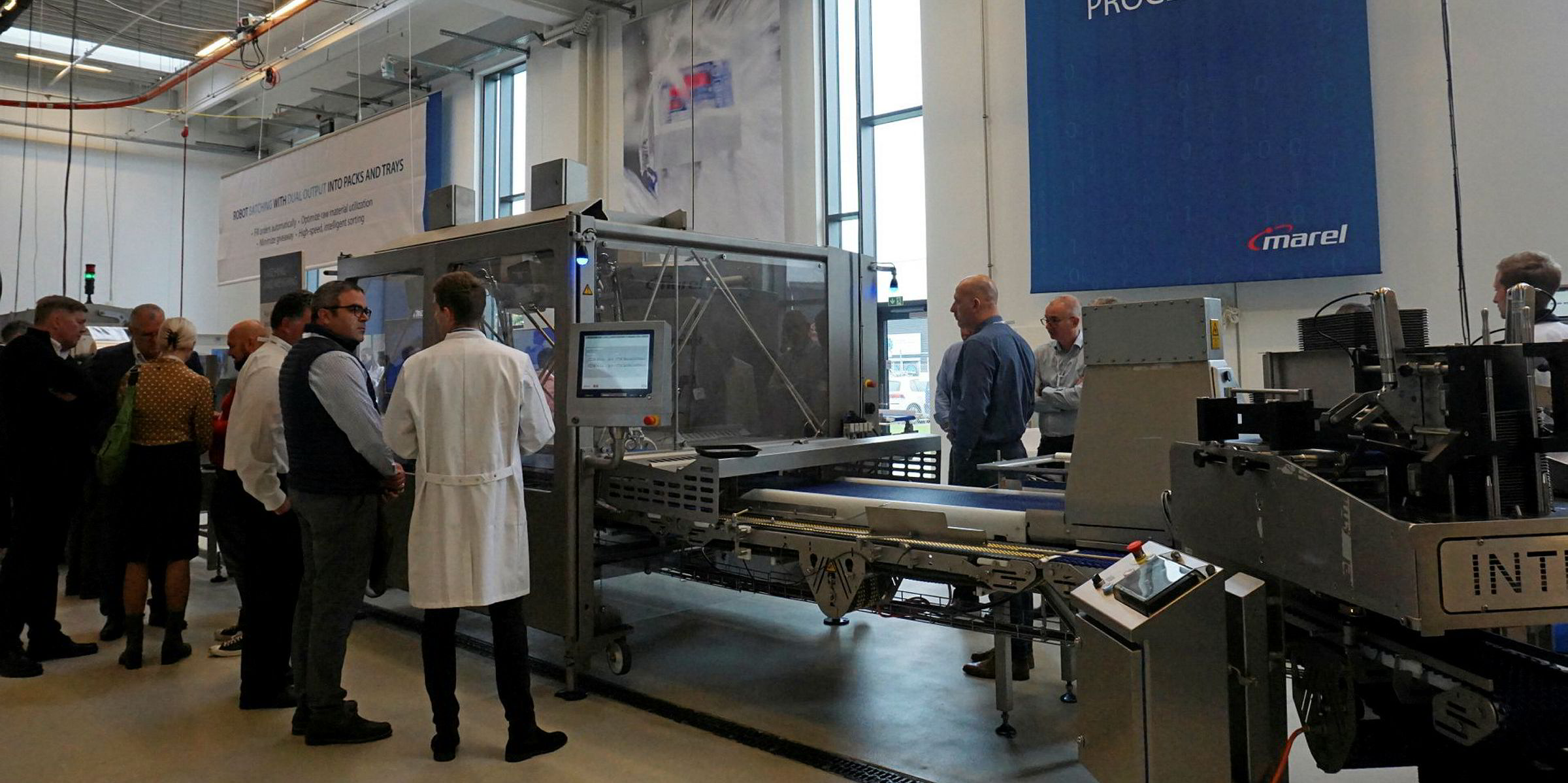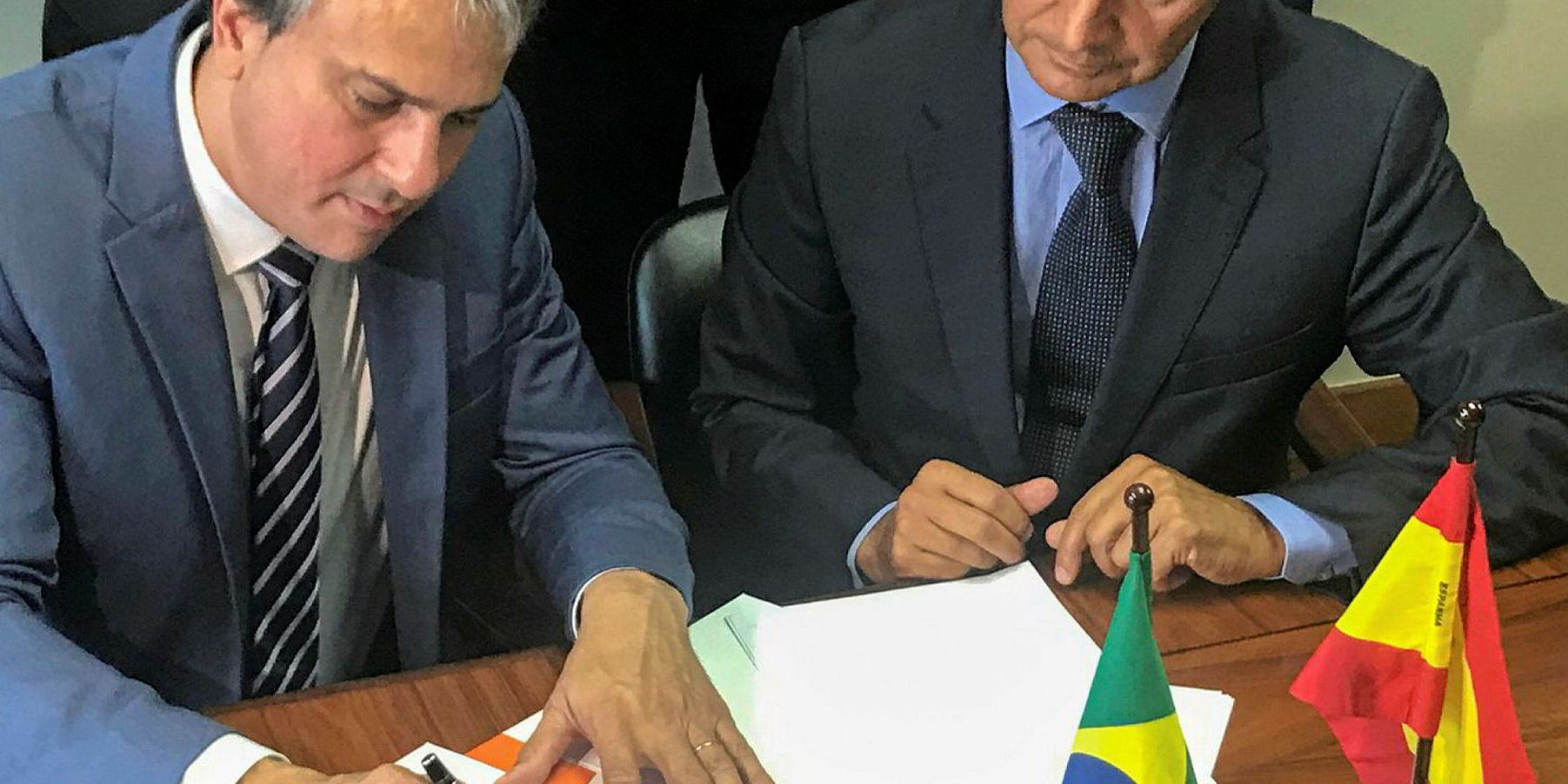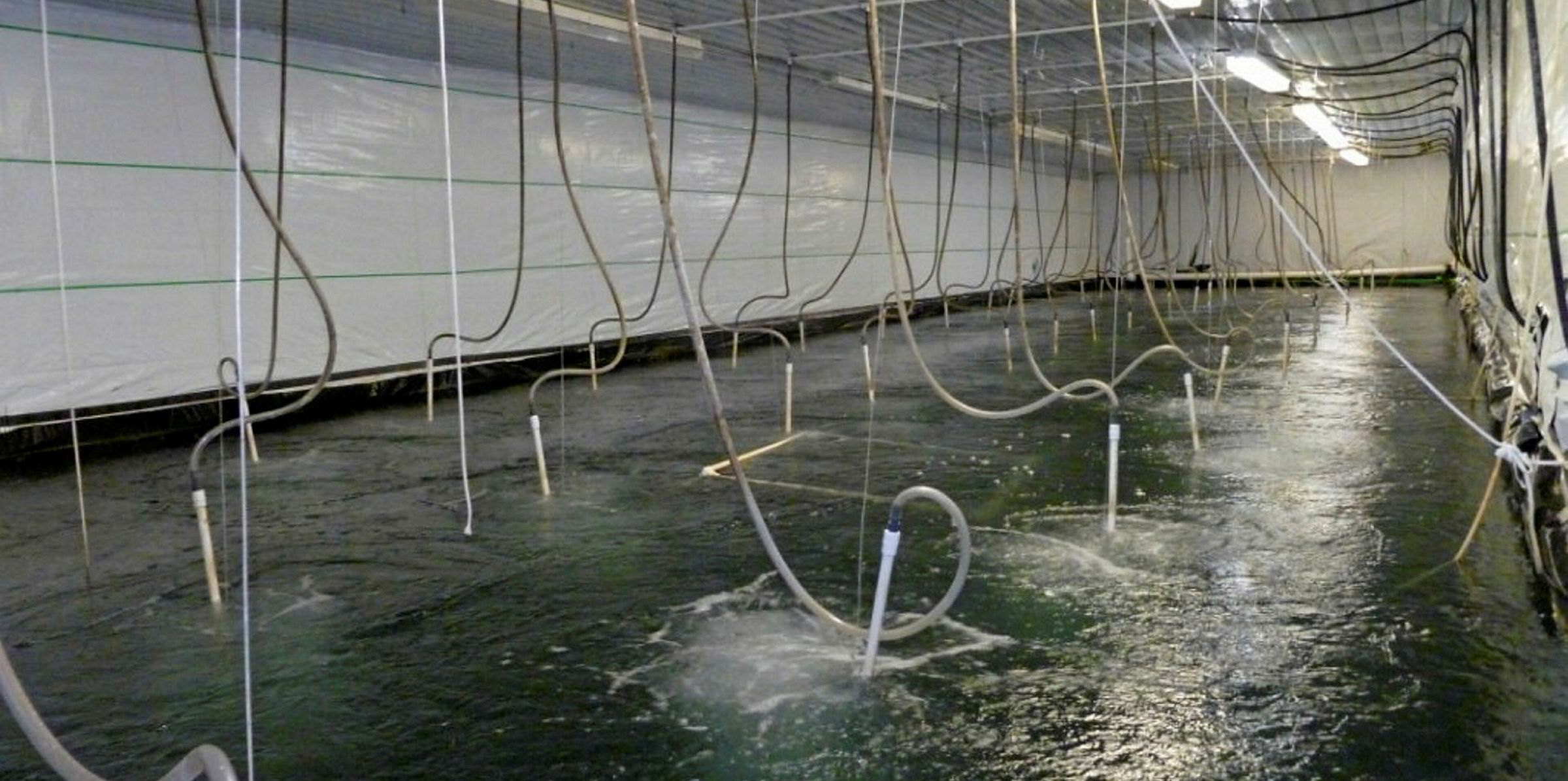"If I had to rank our customers' priorities, robots are the first priority. The second is robots. And the third, you are welcome to guess," Marel Global Sales Director Diego Lages told IntraFish at the Whitefish Showhow 2019 in Copenhagen last week.
This is the fifth time the annual event has been held, this year with a heavy focus on the role of automation in food processing, as the giant Icelandic processing equipment manufacturer demonstrated prototypes for various kinds of fish handling robots.
Robotics and super sensory technology have been the top priority because Marel's customers are communicating a need, and a new openness, to modernizing their systems.
"Scarcity of labor is fueling the problem. Countries that did not used to need it are starting to see that there is a need for automation beyond automation's sake," Managing Director Sigurdur Olason told IntraFish. "It is a global trend, as countries that did not previously have a problem with labor are starting to have it now."
Both the lack and cost of manpower are slowing the industry down even in leading markets such as Scandinavia and Iceland, the execs said. Companies are competing with other food industries for this labor, while robotic technology could make production lines more cost-effective.
Closing the gap between markets and sectors
The recent Whitefish Showhow attracted customers from 22 countries, but there has been increased interest from Southern Europe and Latin America, particularly for processing solutions for farmed whitefish, Marketing Manager Stella Kristinsdottir said.
Lages said the evolution of processing moves at different stages in different regions, with every country moving on "a maturity timeline."
"We are seeing that emerging countries are more ready for a technological step," he said. "In some sectors, like seabass and bream, [processing equipment] can be up to 50 years obsolete. But now technology is more accessible than ever."
Technology for seafood processing has been slow in emerging markets; compared to other food products like meat or poultry, fish has historically lagged behind due to being a less "homogeneous" product.
An intimate relationship with seafood is what gives the company its competitive edge, said Lages.
"There are robot manufacturers, many of them, but Marel understands the fish like nobody else," he said.
"It is very easy to make a robot pick up a cellphone or a piece of chocolate, but live protein is very different. We are able to develop gripping tools that make the handling of the product more delicate than anyone else."
New strategic partnerships
"Data is in the DNA of the company, but innovation is not something that happens within the walls of the company. It happens with strategic partnerships," said Olason.
According to Olason, Marel retains a balance between maximizing its long-standing research and data and introducing new blood into the company.
Marel announced a new strategic partnership with sensory technology company Tomra, mainly focused on the detection of abnormalities in food products.
New prototypes under Marel's processing software, Innova, were also demonstrated, as the relevance of traceability and transparency solutions also increases, Olason said.





